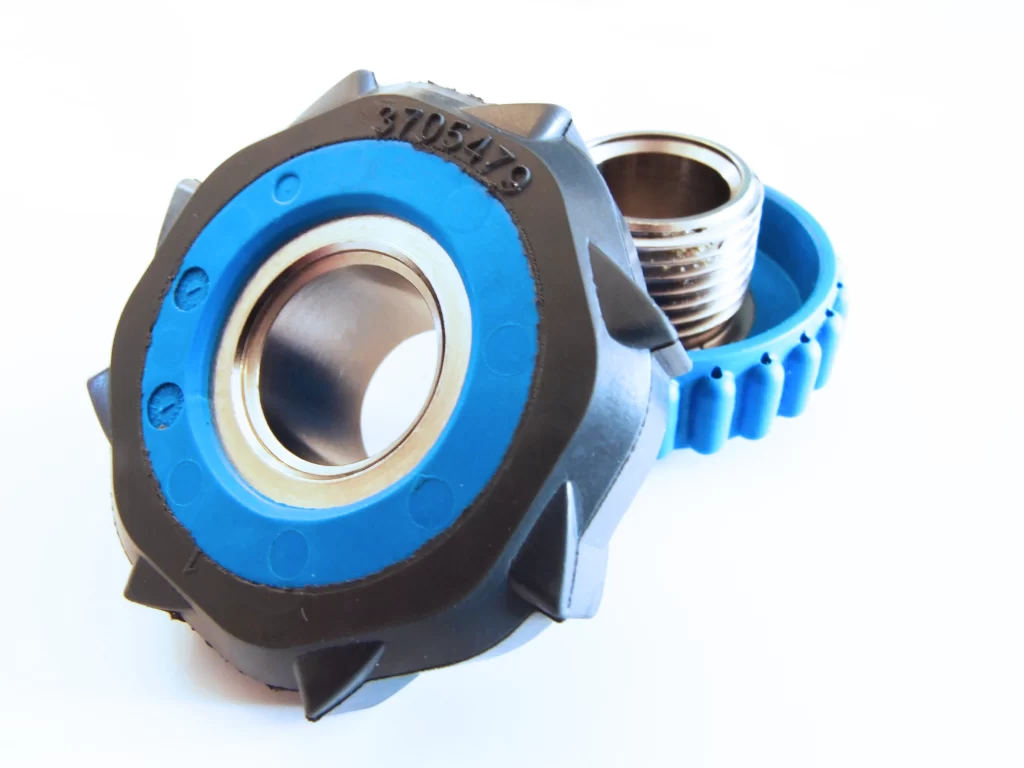RUBBER OVERMOULDING
WHAT IS RUBBER OVERMOULDING?
Overmoulding is a moulding process used to mould rubber over another component. The component is predominantly a plastic or metal part but could also be made from various other materials. Overmoulding is used across a broad range of industries and for a wide range of applications.

Below are a few examples of overmoulding applications:
- Anti-vibration – Rubber bumpers or mounts can protect components (like electronics) from vibrations.
- Levelling and stability - Adjustable feet for white good or industrial equipment
- Sealing – Overmoulding can be used to create water-resistant seals on electronics and other devices.
- Sound Absorption – Much like vibration dampening, sound can be absorbed by over-moulding.
- Grip – Generally speaking, components with handles often need something to help the operator maintain grip. Most importantly, overmolded grips are safer for operators by providing increased grip, especially in wet conditions.
- Comfort – Since the grip material is injection overmoulded, it can be formed in any shape for increased ergonomics.

Overmoulding has many benefits:
- It reduces costs by eliminating secondary assembly
- It can provide parts with waterproofing or shock resistance
- Parts can be produced using overmoulding in a broad range of compounds to suit the application to offer, chemical resistant, ozone resistance of extreme temperature durability.
- Various textures can be achieved, the surface can be soft touch for handling or tough for durability,
- Parts can be insulated, made more aesthetically pleasing or sharp edges eliminated.
- Electrical wires can be made safer and weatherproofed by overmolding a rubber exterior.
For more information about overmoulding or how we can help with you project contact us today.
